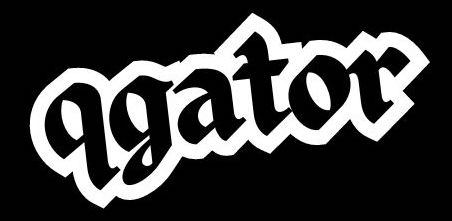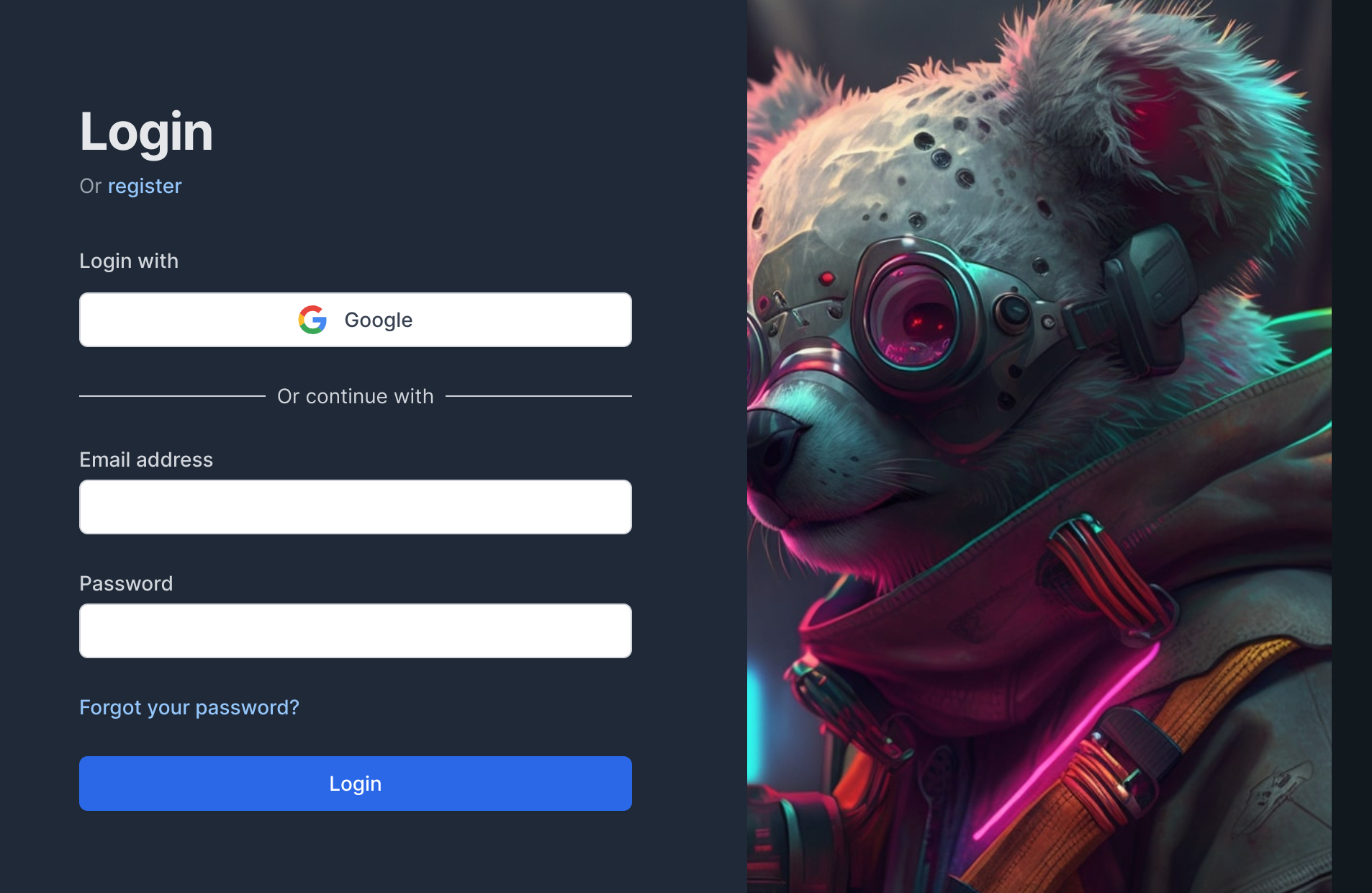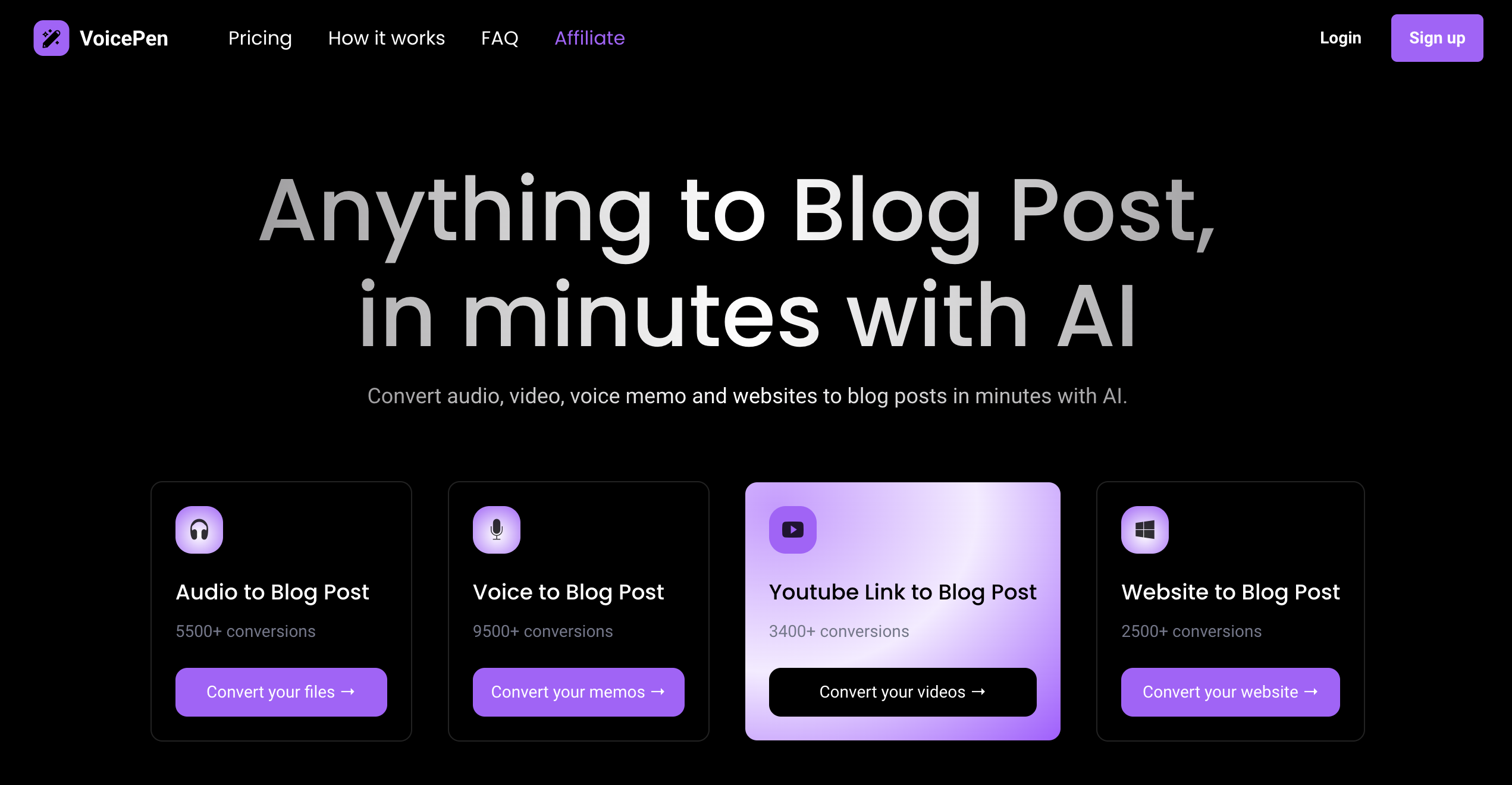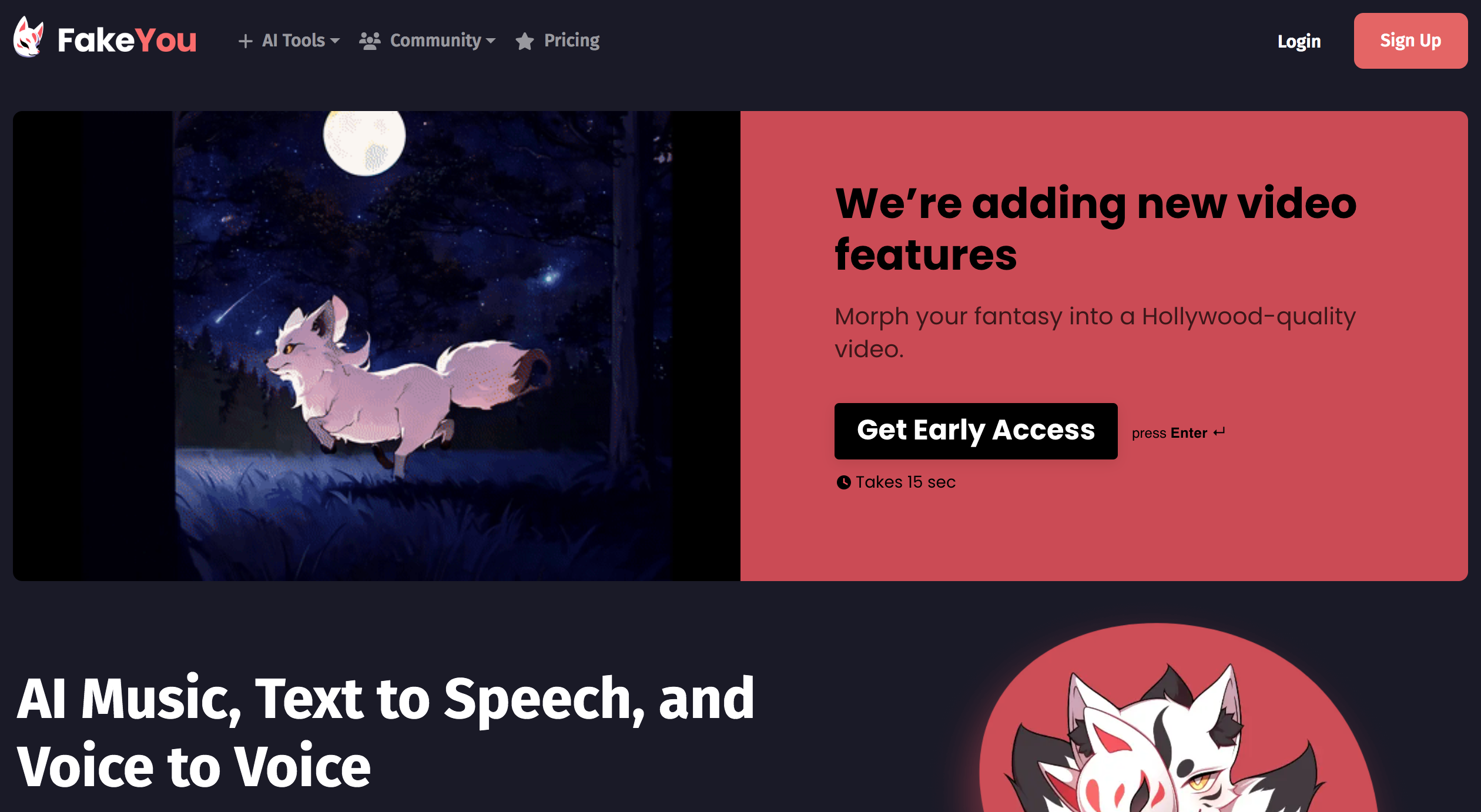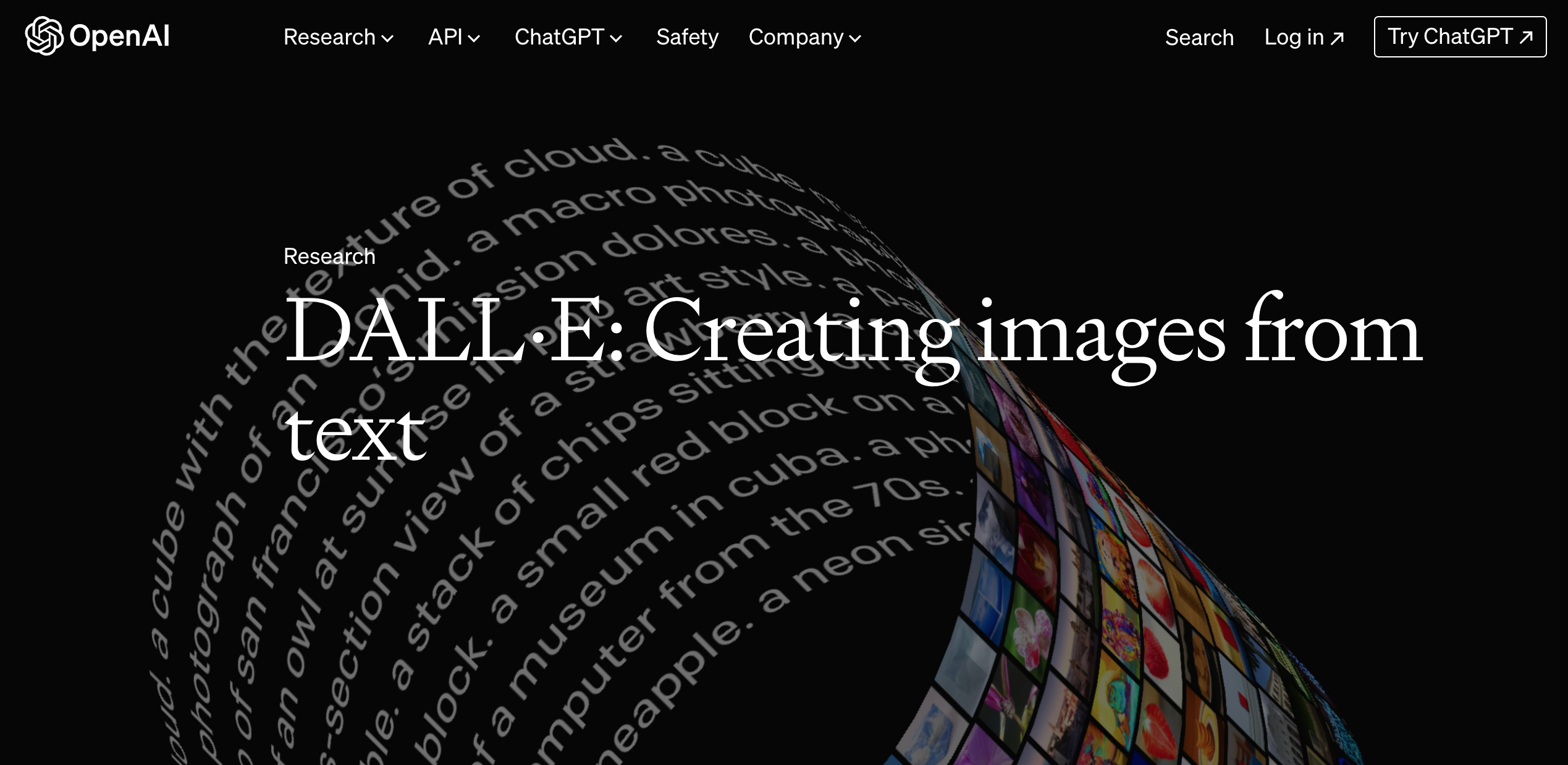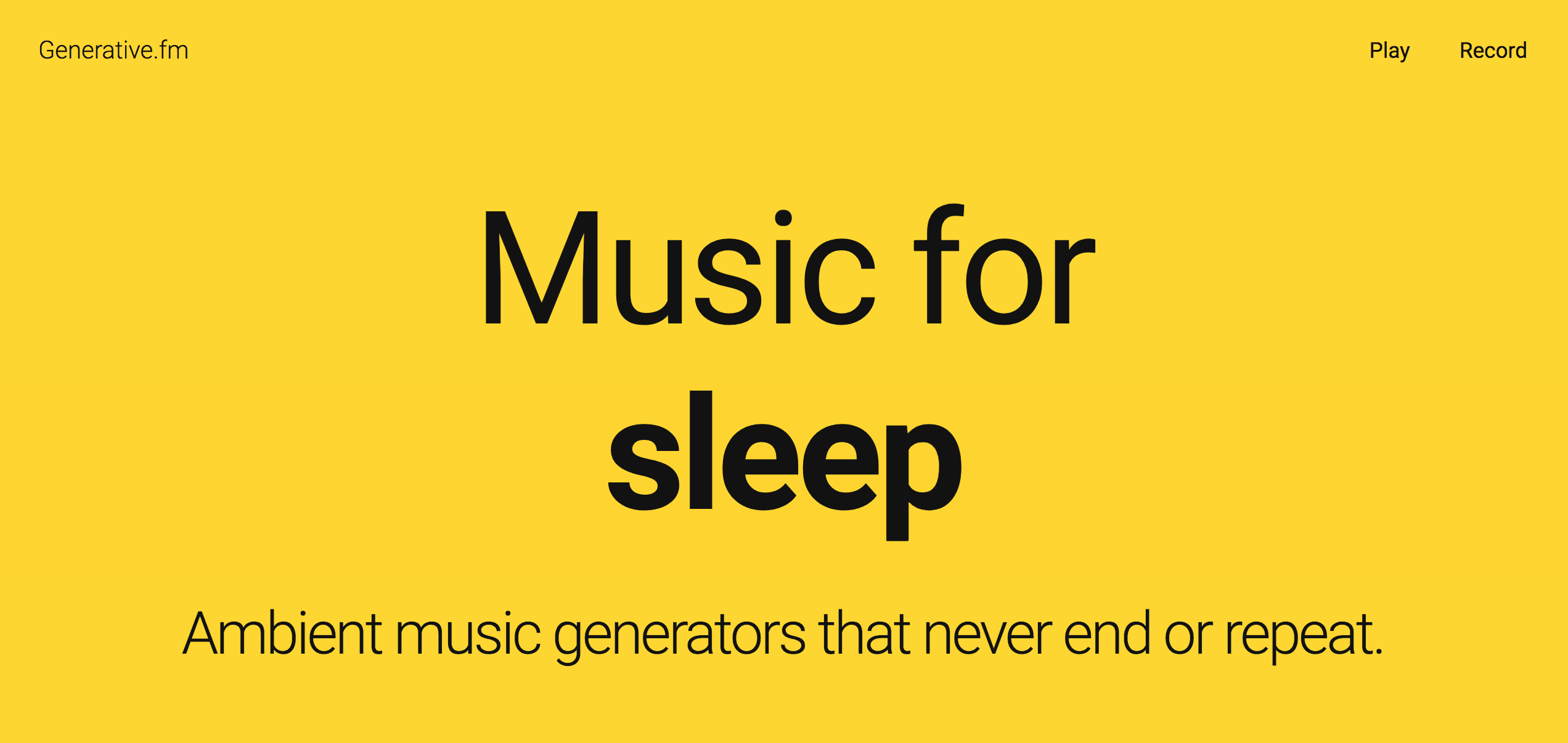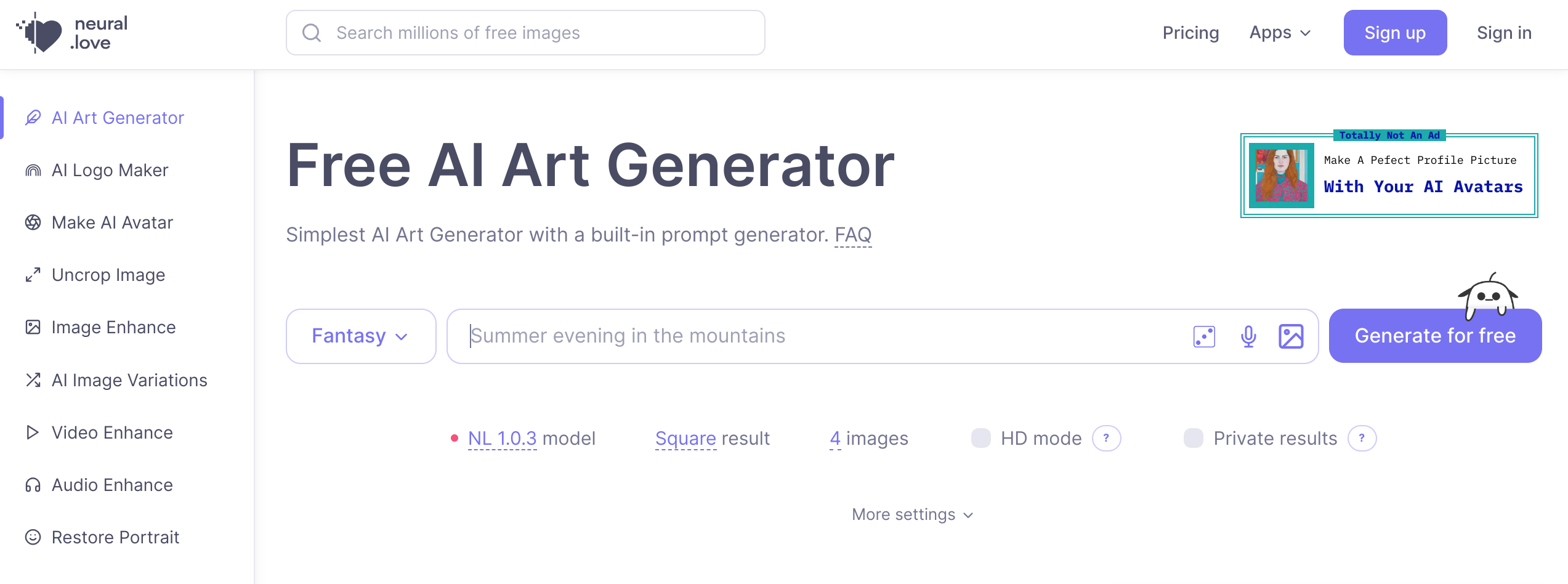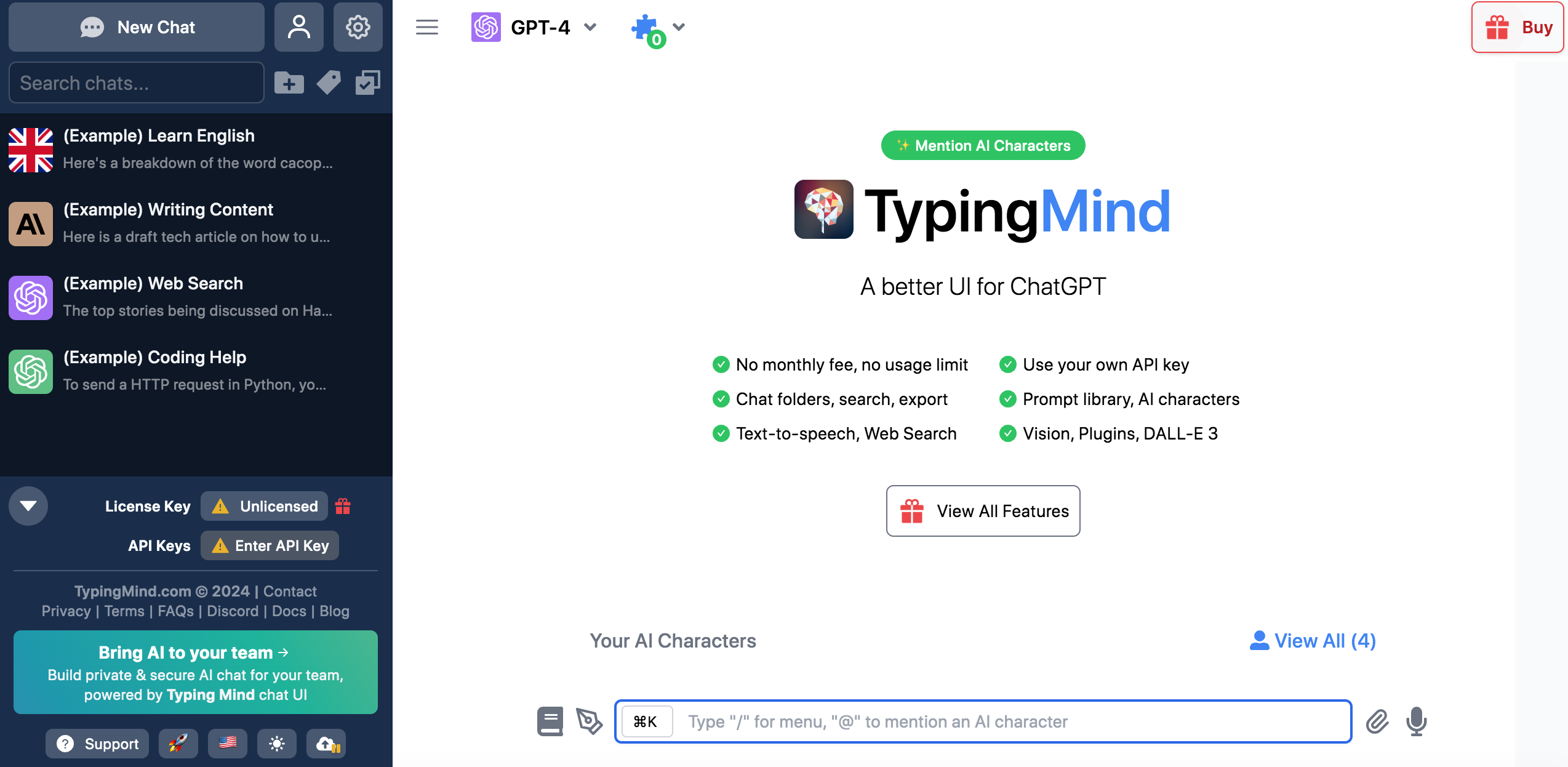Introduction
Non-Fungible Tokens (NFTs) have taken the digital world by storm, transforming the way we think about ownership and value. From digital art and music to sports collectibles and gaming items, NFTs are creating new opportunities for creators and collectors alike. In this article, we’ll explore the future of NFTs and the trends that will shape the market in the coming years.
What are NFTs?
NFTs are unique digital assets that are stored on a blockchain, allowing for provable ownership and authenticity. Unlike traditional cryptocurrencies, which are fungible (interchangeable with one another), each NFT is one-of-a-kind and cannot be replicated. This makes them ideal for representing digital art, collectibles, and other unique items.
The current state of the NFT market
The NFT market has exploded in recent years, with sales reaching new heights and breaking records. In the first quarter of 2021 alone, NFT sales topped $2 billion, up from just $13.7 million in Q1 2020. This surge in popularity can be attributed to a number of factors, including increased awareness and interest in blockchain technology, the rise of digital art and collectibles, and the growth of online marketplaces and platforms.
Trends shaping the future of NFTs
- Cross-chain interoperability: As the NFT market continues to grow, we are likely to see an increase in cross-chain interoperability, allowing for the seamless transfer of assets between different blockchain networks. This will make it easier for collectors to trade and move their NFTs, opening up new opportunities for collaboration and innovation.
- Fractional ownership: Fractional ownership is a concept that allows multiple parties to own a single asset, with each owner holding a share of the asset’s value. This concept is already being applied to NFTs, allowing collectors to invest in high-value items without having to pay the full price. Fractional ownership will make NFTs more accessible to a wider audience and could lead to the creation of new investment opportunities.
- NFT marketplaces and platforms: With the rise of NFTs, we are seeing the emergence of new marketplaces and platforms dedicated to the buying and selling of digital assets. These platforms are creating new opportunities for artists, musicians, and other creators to monetize their work, while also providing collectors with a wider range of options to choose from.
- Gaming and virtual worlds: NFTs are already being used in gaming and virtual worlds, allowing players to buy, sell, and trade unique in-game items. As the gaming industry continues to grow, we are likely to see more opportunities for NFTs to be used in this space, creating new revenue streams and opportunities for players and developers alike.
The future of NFTs in different industries
NFTs have the potential to transform a wide range of industries, from art and music to real estate and finance. In the art world, NFTs are already being used to represent digital art and create new opportunities for artists to monetize their work. In the music industry, NFTs are being used to create unique collectibles, such as limited-edition album releases and concert tickets. In the real estate industry, NFTs could be used to represent property ownership, making it easier for buyers and sellers to transfer ownership and track ownership history.
Challenges facing the NFT market
Despite the many opportunities presented by NFTs, there are also a number of challenges facing the market. One of the biggest challenges is the issue of sustainability, as the energy consumption required for blockchain transactions can be significant. There is also a risk of fraud and scams in the NFT market, with fake or misleading NFTs being sold to unsuspecting buyers.
In addition, there is a concern that the current hype surrounding NFTs may be unsustainable, and that the market could crash if interest wanes or prices become too inflated. This could have a negative impact on artists and creators who are relying on NFTs as a source of income.
Conclusion
Despite the challenges facing the NFT market, it is clear that these digital assets are here to stay. As the technology continues to evolve, we can expect to see new and innovative uses for NFTs in a wide range of industries. By staying informed about the latest trends and developments in the market, investors and collectors can take advantage of the opportunities presented by NFTs while also mitigating risk and staying safe from scams and fraud.
